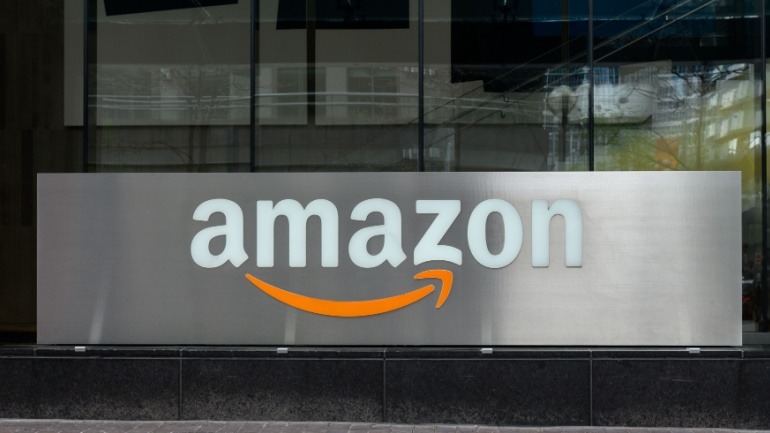The State of Mobile Internet Connectivity Report (SOMIC) issued recently by the GSMA has shed light on the continuous expansion of global smartphone use. More than half of the world’s populace now possesses a mobile device that can connect to the mobile internet.
Indeed, 57% of the global population is currently connecting to the mobile internet, which marks an increase from the 55% that was reported at the end of 2021. As per the report, 69% of smartphone users connect to the mobile internet utilizing a device equipped with 4G, while 17% are leveraging 5G-enabled devices.
As expected, the uptick in 4G and 5G phone usage is predominantly in more developed markets. In stark contrast, developing markets are still strongly dependent on 3G and even 2G technology. For instance, in Sub-Saharan Africa, the penetration of 4G-enabled smartphones remains significantly lower, with a majority (69%) of mobile internet users connecting via a 3G device. This disparity is also evident, albeit less stark, in the Middle East & North Africa segment, where 33% use devices only capable of 3G.
Interestingly, it seems that the growth of mobile internet users is decelerating, with 200 million new users in 2022 compared to 300 million each in 2021 and 2020. This slower growth rate is perplexing, considering the vast untapped potential, particularly in low and middle-income countries (LMIC), such as Sub-Saharan Africa and South Asia. In these areas, 59% and 52% of their respective populations still do not use mobile internet, even though mobile network coverage is available.
Factoring in the bigger picture, around 95% of the planet now falls within the global mobile network coverage area, but a staggering 3.4 billion people remain disconnected from the mobile internet. As global connectivity continues to expand, the digital divide’s challenges become increasingly apparent.
The inevitable question then presents itself: can the global telecommunications industry bridge this gap and provide access to functional and cost-effective devices?







